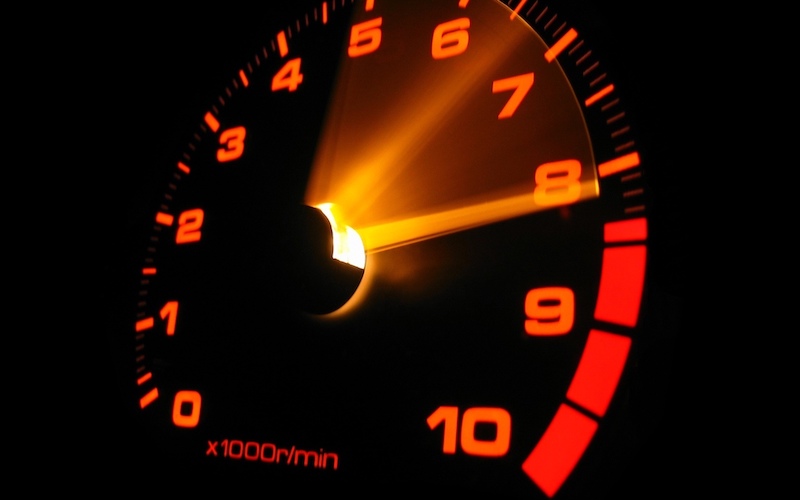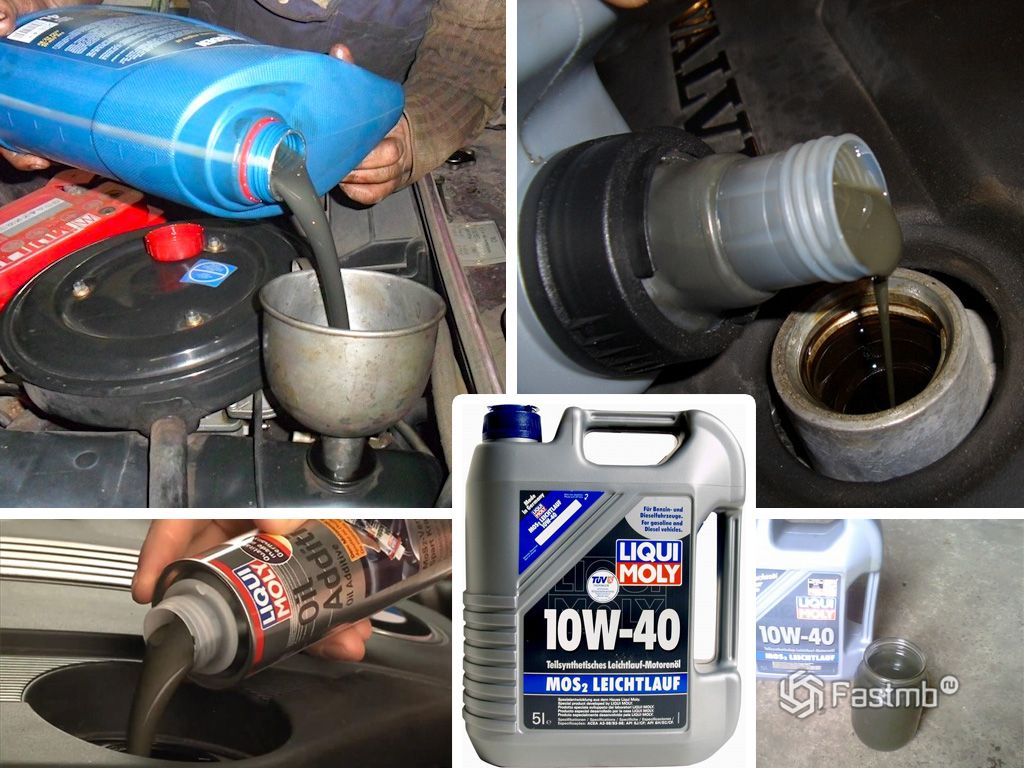
Why you should drive at high speeds
Many drivers understand that the resource of its operation directly depends on the style of driving and compliance with the rules for operating the car. One of the main components is the engine. In the article we will tell you what speed should be maintained depending on the situation on the road.

High engine speed: normal or not
Initially, it should be noted that driving at too high and too low speeds is fraught with certain dangers. Exceeding the 4500 rpm mark on the tachometer (the figure is averaged and may vary depending on the motor) or moving the arrow into the red zone can lead to the following consequences:
- The operation of the lubrication and cooling system is at its limit. As a result, even a slightly clogged radiator or an incompletely opening thermostat can lead to overheating.
- Clogging of the lubrication channels, and together with the use of bad oil, this results in “seizing” of the liners. Which in the future may well cause a breakdown of the camshaft.
At the same time, too low speed also does not bring anything good. Among the common problems of long-term driving in this mode are:
- Oil starvation. Constant driving below 2500 rpm is associated with poor oil supply, which is accompanied by an increased load on the crankshaft liners. Insufficient lubrication of rubbing parts leads to overheating and jamming of the mechanism.
- The appearance of soot in the combustion chamber, clogging of candles and nozzles.
- The load on the camshaft, which leads to the appearance of a knock on the piston pins.
- Increased danger on the road due to the impossibility of rapid acceleration without downshifting.
The engine operating mode is considered to be optimal in the range of 2500-4500 rpm.
Positive factors of high turnover
At the same time, periodic driving lasting 10-15 km at high speeds (75-90% of the maximum mark) allows you to extend the life of the motor. Specific benefits include:
- Removal of constantly formed soot in the combustion chamber.
- Prevention of piston ring sticking. A large amount of soot clogs the rings, which in the end cannot fulfill their main task - to prevent oil from entering the chamber. The problem leads to a decrease in compression, increased lubricant consumption and the appearance of blue smoke from the exhaust pipe.
- Evaporation of particles of moisture and gasoline trapped in the oil. High temperature allows you to remove excess components from the lubricant. However, when an emulsion appears, you should not turn a blind eye to the problem, but immediately contact the service to look for a coolant leak.
It is especially important to let the engine "sneeze" when constantly driving in urban conditions and over short distances (5-7 km), standing in traffic jams.
After reading the material, it becomes clear that it is necessary to drive at high speeds only periodically. This allows you to remove carbon deposits in the combustion chamber and prevent piston rings from sticking. The rest of the time, you should adhere to the average rates of 2500-4500 rpm.
